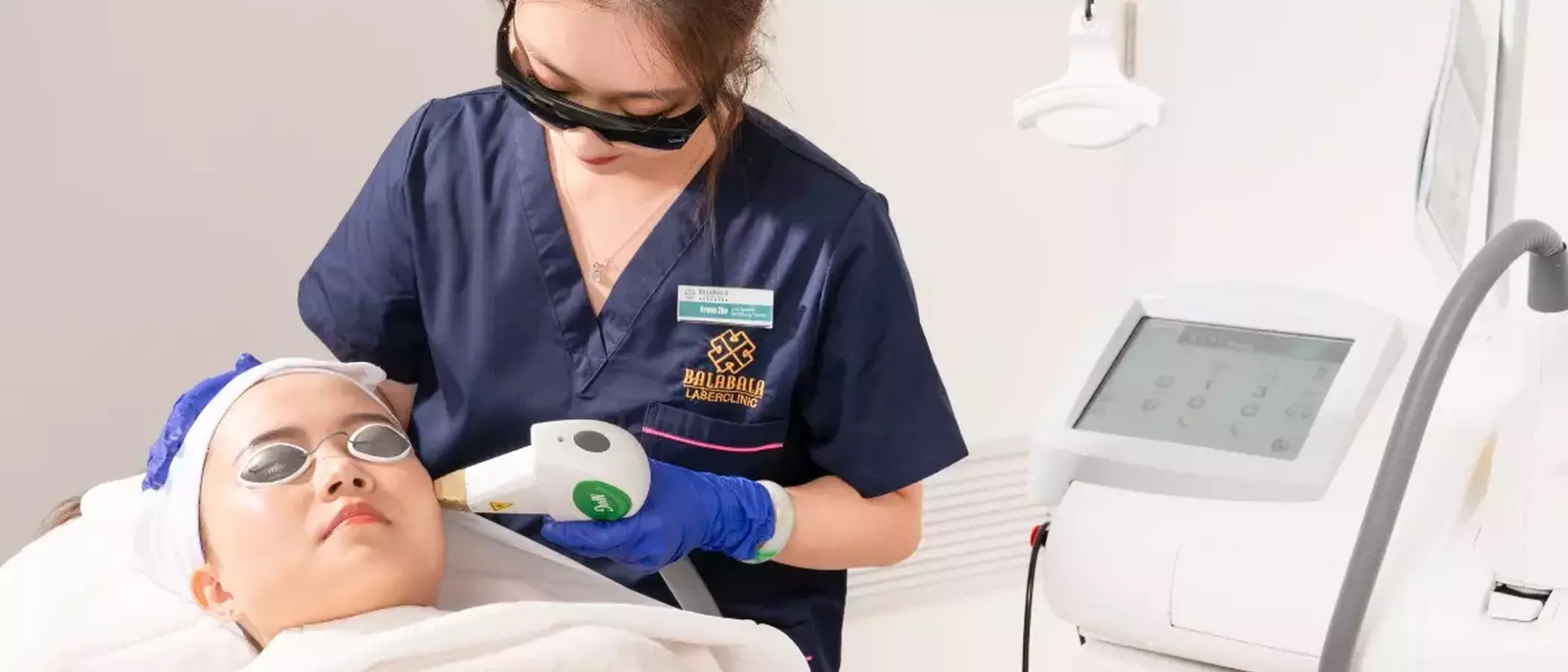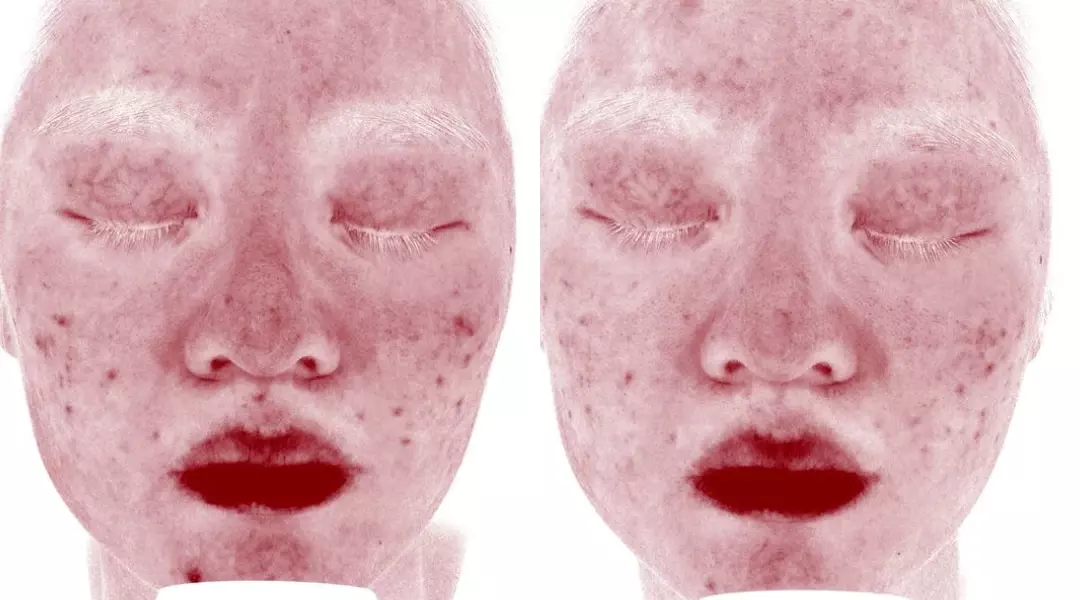
How to treat Post Inflammatory Erythema (PIE)
Post-inflammatory erythema (PIE) is a common skin concern characterized by pink to red marks left behind after acne or other inflammatory skin conditions. While PIE is temporary, it can be very stubborn and take a long time to fade. In this blog, we will cover the causes of PIE, how it differs from post-inflammatory hyperpigmentation (PIH), and explore the most effective treatments to fade these marks.
If you're looking for a the best laser clinic Adelaide has to offer, speak to our friendly team at our BalaBala Perth location!
What is Post-Inflammatory Erythema?
Post-inflammatory erythema (PIE) are red marks that result from inflammation triggered by acne, dermatitis, or other skin traumas. These marks are caused by dilated blood vessels near the skin's surface, making them appear more pronounced.
What Causes Post-Inflammatory Erythema?
Acne: Acne is the most common cause of post-inflammatory erythema. The redness that is left behind after a pimple is due to increase blood vessels and pigment.
Picking the Skin: Squeezing or picking at blemishes prolongs the healing process and increases the likelihood of PIE.
Bacteria: Bacterial overgrowth in the pores can exacerbate inflammation.
Harsh Products: Aggressive skincare products can disrupt the skin's barrier, leading to inflammation.
Hormonal Fluctuations: Hormonal imbalances can trigger acne and subsequent PIE.
Excess Dead Skin: Accumulation of dead skin cells can block pores, leading to inflammation.

The Difference Between PIE and PIH
Distinguishing between post-inflammatory erythema (PIE) and post-inflammatory hyperpigmentation (PIH) is crucial for ensuring effective treatment.
Colour: PIE appears pink to red, while PIH tends to be tan, brown, or grayish in color.
Cause: PIE involves blood vessels, while PIH results from excess melanin production during healing.
Incidence: Fair-skinned individuals are more prone to PIE, whereas darker skin tones are more susceptible to PIH.
Does PIE Fade Over Time?
Yes, PIE does fade naturally over time, but it will require patience. In some patients, PIE can take more than a year to fade on its own. The treatment process can be expedited with proper skincare and targeted treatments.
Learn more: How to treat PIHHow to Treat Post-Inflammatory Erythema (PIE)
In-Clinic Treatments for PIE at BalaBala Laser Clinic
In our clinic, we use Intense Pulsed Light (IPL) laser technology to target and alleviate red acne marks and PIE. IPL laser treatment for PIE is a versatile and highly effective treatment for its ability to reduce inflammation, calm redness, and even out skin tone.
Why IPL is ideal for treating PIE
Inflammation Reduction: IPL emits a broad spectrum of light that penetrates the skin's surface, targeting the dilated blood vessels responsible for the redness in PIE. By gently heating and constricting these vessels, IPL significantly reduces inflammation.
Reduction of Redness: The targeted energy from the IPL laser is absorbed by the red blood cells in the affected area. This absorption converts to heat, causing the blood vessels to collapse and diminish in appearance, thereby reducing redness.
Evening Skin Tone: PIE can cause uneven pigmentation, giving the skin an overall blotchy appearance. IPL treatments effectively break down excess melanin, evening out the skin tone and leaving it looking more uniform.
Click the links below to learn more about our IPL treatments at BalaBala Laser Clinic.
Adelaide Clinic - Icon IPL
Skincare for PIE:
Vitamin C is a powerful ally in reducing both red and brown scars. Its potent inhibitory effect on tyrosinase can minimize dark pigmentation, while its antioxidant and collagen-stimulating properties aid in fading PIE.
Azelaic Acid, Retinoids, Arbutin, Tranexamic Acid, and Niacinamide other skincare ingredients that can be effective in treating PIE. For best results, we recommend pairing in-clinic treatments with at-home skincare.
If you enjoyed this article, please checkout our guide for the Best Treatments for Double Chin Reduction.

